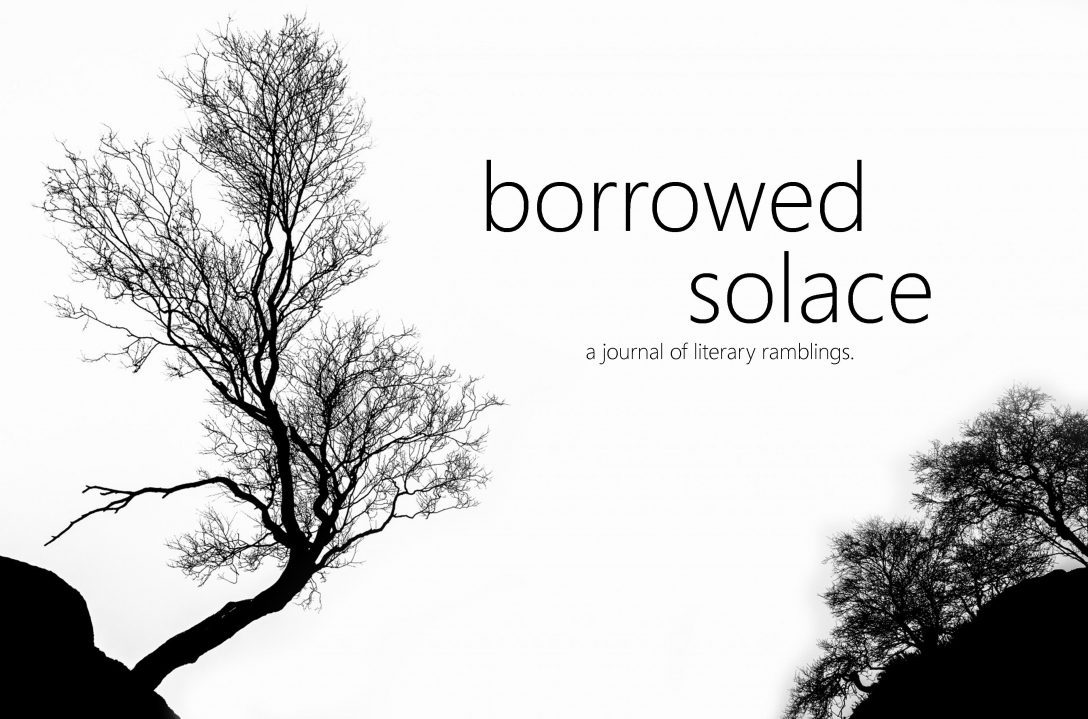I admit it. I was a white/blank space dissenter. A true non-believer. Why must there be blankness in poetry? Isn’t that artificial? SOOOO—overdone and an artsy cliché. As I’ve read and dived into craft, however, I am beginning to become a white/blank space advocate. Now, I admit there is purpose and necessity.
White space or blank space is when the poet or author uses blankness or emptiness to visually create an aesthetic. It is purposeful. Poetry is both seen and heard/spoken. That blankness also creates lack of sound or changes the sound. This makes writing dynamic—visually, orally, and audibly. The term white space comes from the idiom “the blank white page.” This is also true of the term blank space. Both are correct and can be used interchangeably. There are many types and variations of white/blank space. Examples are endless. I suggest trying some in your verse or prose—slide in an extra tap of the return key or an extra indent.
I am going to explain only a few of the reasons to use white/blank space—I believe them to be the most important and the most used, and more importantly, the most relevant. I will explain the reasons for indentation and collapsing the frame, putting space between words in the same line, and creating stanzas (both why a new stanza and what it does it do when adding that space).
Collapsing the frame sounds like taking a photo and crushing it to pieces—and in a sense that is what will happen to the poem or flash fiction that is being condensed spatially. I usually use a 1-inch margin, many lit mags provide guidelines as well, but by condensing the frame a square or box becomes apparent. Lines bleed together. When read, the pacing is fast, breathless even, and individual words pop out, but do not linger. There is no hesitation. Visually, this creates a capsule. It shows potency and density. Prose poems and flash fiction benefit particularly from this method.
Timothy Liu is an excellent example of collapsing the frame. “What the Magdalene Saw,” in Typo he writes:
on thread-bare sheets to shroud a beat-up
mattress scarred with tiny cigarette burns
as towel-wrapped lunchtime gents line up
outside the door–peccadilloes that turn
The imagery is dynamic in of itself, but the white/blank space creates a cramped look on the page and a jarring pace while being read. If you want poetry or prose to a have power, collapsing the frame is a valuable and sometimes necessary tool.
Indentation is a variable of collapsing the frame. I mention it more for prose writers, but the technique can be just as formidable in poetry. An indent creates or signals a new line or sentence, and arguably a new thought. This is completely true, but visually, the indent allows the reader to blink and for the prose to appear less daunting and dense. This is the opposite of the collapsing of margins. Indenting gives space and pause and lets both the last word from above and the first word starting the line/sentence to be highlighted. In poetry, the same is true of the visual. However, by indenting the line, the pause is highlighted more than the words leading up to it and the word that follows.
Placing white/blank space in the line allows for pause and reflection on each individual word. In poetry, each space represents a pause to the reader. This means that the pause will be accented as well. e.e. Cummings is well-known for unconventional craftmanship, but “Crepuscule” is a brief example of what white/blank space does to the line. He writes:
I will wade out
till my thighs are steeped in burn-
ing flowers
I will take the sun in my mouth
The poem continues on, allowing images to settle on page and words reverberate on the tongue. If a word or phrase needs to resonate, this tool is effective. While it is used in poetry, it can powerfully create drama and builds intrigue in prose work. Speculative fiction and genre bending writing would greatly benefit from this technique, but as with all creating, imagination is limitless and so are the possibilities.
Finally, stanzas create dynamic and jarring pauses both on the physical page and when read aloud. This is important because emphasis and readability need to be remembered when writing. If there are many short stanzas, the pace is broken up repeatedly. This is good if you want thoughts to linger, bad if you want to have more movement down the page. If there are no stanzas, the pace is usually less broken and a box shape is created. This means the poem will read fast and that the end word of lines will be heightened. Stanzas can be viewed as small scenes, the white/blank space encapsulating and separating images.
There are no wrong choices. But, every poet/writer/author should know why they are choosing a particular method and what the effect of the tool is. There are happy accidents, but nothing beats creating with authority and knowledge.

